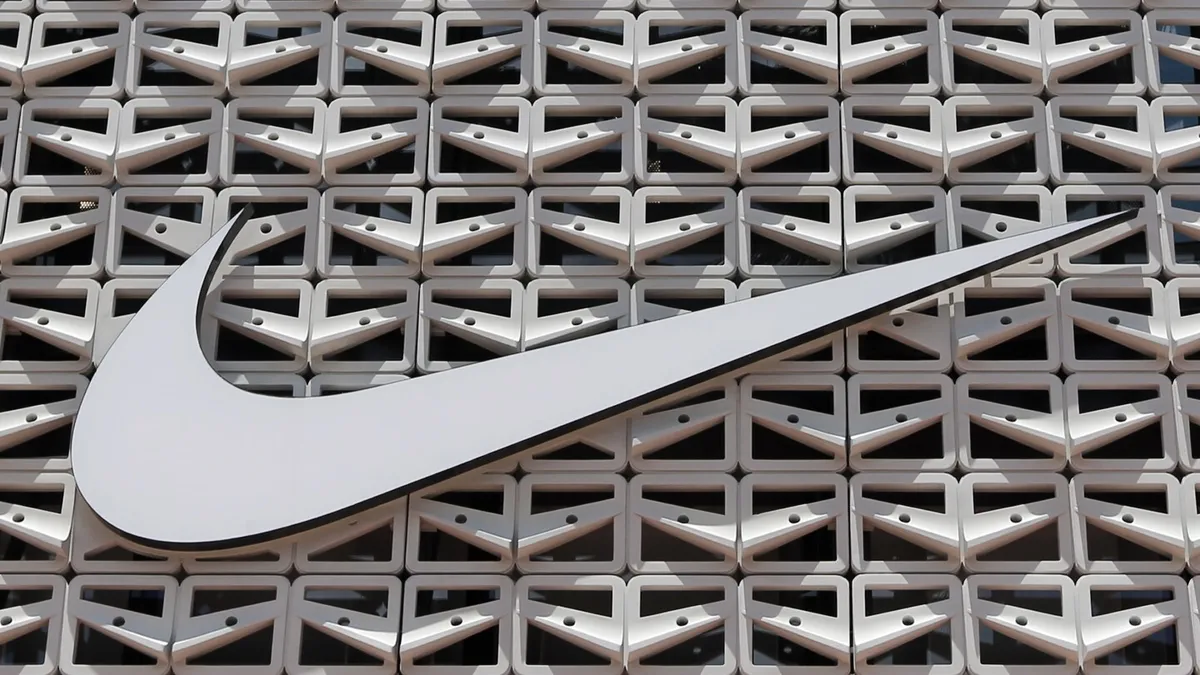
Nike’s shares saw an impressive 15% increase at the opening bell on Friday, following the company’s announcement regarding a strategic shift in its production operations. In a move aimed at mitigating the impact of tariffs imposed by the previous Trump administration, Nike is reallocating some of its manufacturing away from China. However, the company cautioned that these tariffs will result in an estimated $1 billion cost before it implements internal adjustments, which will include “surgical” price increases in the United States starting this fall.
Nike is not the only retailer bracing for rising costs. Walmart recently revealed that customers will start noticing higher prices during the back-to-school shopping season, which is set to ramp up this month. Similar to Nike, Walmart has also attributed these price hikes to increased costs associated with tariffs. As the back-to-school season approaches, both companies are preparing consumers for the financial implications of these changes.
According to Nike’s Chief Financial Officer, Matthew Friend, production in China currently accounts for approximately 16% of the footwear that Nike imports into the U.S. This figure is expected to decrease to the high-single-digit range by the end of fiscal 2026 as the company diversifies its production facilities. This strategic pivot is aimed at circumventing the looming tariffs that have already begun to reshape the retail landscape.
In a related development, President Donald Trump and Commerce Secretary Howard Lutnick announced that the U.S. and China have signed a trade agreement. However, the details of this agreement remain scarce, leaving many questions about its potential impact on tariffs and production costs for companies like Nike.
Nike, along with other major brands such as Adidas, Under Armour, and Puma, was part of a group of 76 companies that sent a letter to Trump in April, seeking a footwear exemption from reciprocal tariffs. The letter warned that such tariffs would significantly impact families at the cash register, further emphasizing the broader economic consequences of these trade policies.
On the same day as the production announcement, Nike reported a quarterly profit of $211 million, or 14 cents per share, with revenues totaling $11.1 billion. These figures managed to surpass Wall Street's expectations, showcasing Nike's resilience in a challenging market. Nonetheless, the company is grappling with a pullback in consumer spending as Americans express growing concerns about the economic outlook.
Despite being the leading brand in the sportswear industry, Nike is facing a “boredom factor,” according to Neil Saunders, Managing Director of GlobalData. In markets like China, where overall growth has slowed, Nike's brand presence is under pressure due to anti-U.S. sentiment that has begun to emerge, complicating the company’s efforts to maintain its market position.
As Nike navigates these turbulent waters, the company's ability to adapt and respond to both production challenges and shifting consumer sentiment will be crucial in sustaining its dominance in the competitive sportswear market.